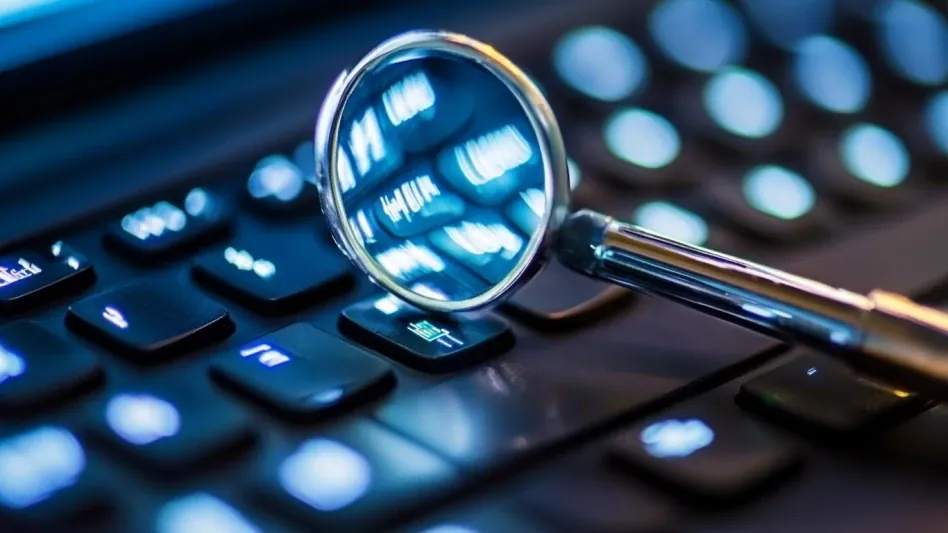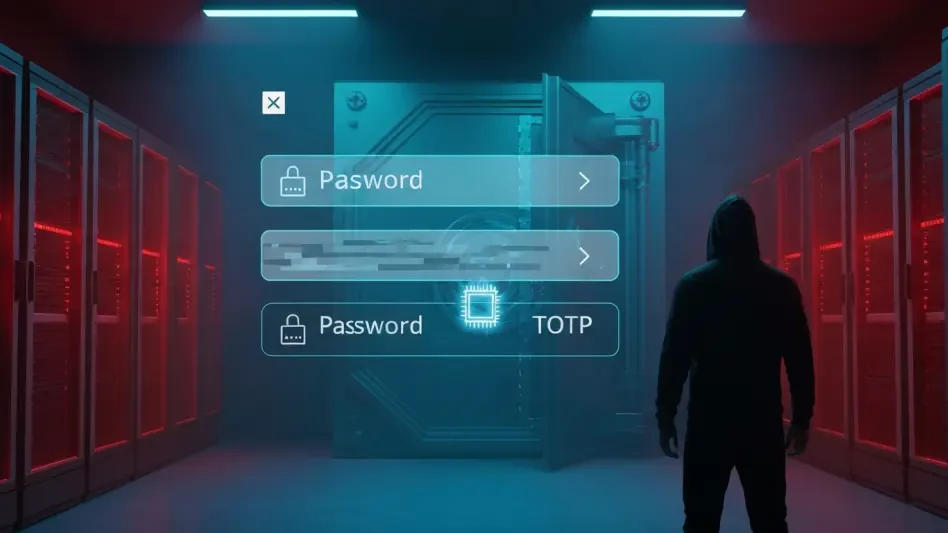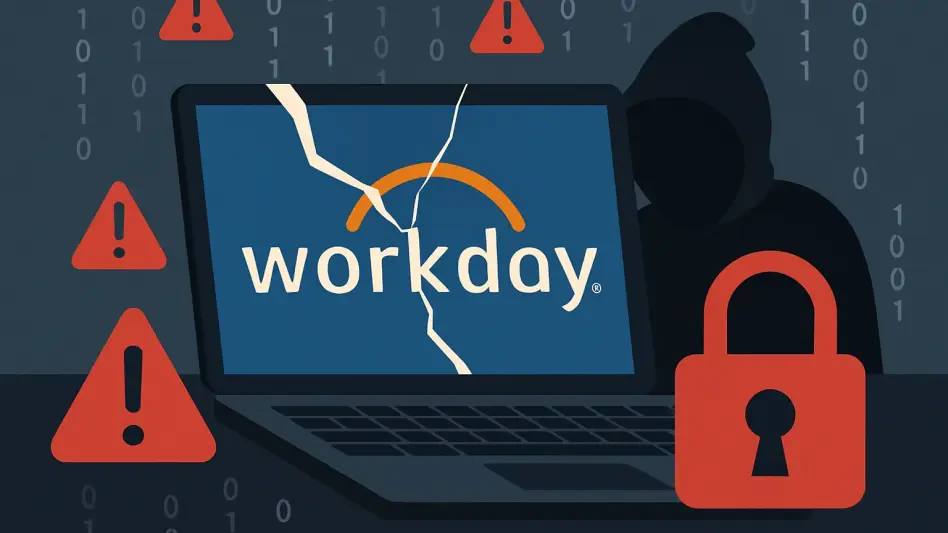The integration of technological advancements is rewriting the rules of digital forensics, a field pivotal to legal contexts involving electronic data. As technology continues to evolve, the landscape of digital forensics is undergoing a significant transformation driven by innovations like artificial intelligence (AI), machine learning, and cloud computing. This market analysis aims to dissect these technological trends, explore their implications, and forecast the market’s future trajectory.
Critical Market Overview
Digital forensics has grown exponentially since its inception in the 1980s, shaped by the digital revolution. As technological complexity increased, so did the need for more sophisticated forensic methodologies. Early tools merely recovered files and analyzed file systems, but today’s advancements have elevated digital forensics to a realm of intricate data analysis and comprehensive cybersecurity measures.
Transformative Technological Progress
AI and Machine Learning Integration
The adoption of AI and machine learning is revolutionizing digital forensics. These technologies automate the identification of patterns and anomalies within vast datasets, offering unprecedented efficiency and accuracy. AI-driven forensic tools drastically reduce the time required for data analysis, enhancing the precision of investigations. However, ensuring the transparency and reliability of AI algorithms is paramount, as biases or errors can compromise forensic results.
Cloud Computing Paradigm Shift
Cloud computing is reshaping digital investigations by providing scalable storage solutions and remote access capabilities. Cloud-based forensic tools enable investigators to analyze data from any location, significantly improving responsiveness to cyber incidents. Despite these advantages, the transition to cloud platforms presents challenges such as jurisdictional concerns and data sovereignty issues, necessitating updated legal frameworks for protection and compliance.
IoT and Blockchain Forensics Complexity
The proliferation of IoT and blockchain technologies introduces new complexities in digital forensics. IoT devices generate vast amounts of data, demanding innovative approaches for effective collection and analysis. Blockchain’s decentralized nature presents unique challenges and opportunities, requiring advanced protocols to ensure data integrity and secure chain-of-custody management.
Emerging Trends and Future Outlook
As digital forensics evolves, several trends are poised to shape its future. Quantum computing is expected to revolutionize forensic methodologies with its extraordinary processing capabilities. Enhanced encryption methods will necessitate further sophistication in forensic tools. Autonomous systems will likely introduce new paradigms in digital investigations. These technological advancements, paired with increasing data privacy and security concerns, will drive investments in cutting-edge forensic solutions.
Furthermore, regulatory changes, particularly those focused on data protection, will significantly impact the conduct and governance of digital forensics. Customization and scalability in forensic tools will be essential to meet industry-specific and global compliance standards. As such, businesses and professionals must remain adaptive to these dynamic changes.
Strategic Recommendations for Stakeholders
Organizations seeking to navigate the evolving landscape of digital forensics should consider investing in advanced forensic tools incorporating AI, machine learning, and cloud capabilities. Developing a skilled workforce proficient in these technologies is crucial for maximizing their potential. Collaboration with regulatory bodies will ensure compliance and enhance data protection efforts.
Additionally, adopting a proactive approach to digital forensics, including regular audits and risk assessments, can mitigate potential threats and fortify security postures. By staying informed about emerging trends and technologies, businesses can better anticipate and respond to the challenges of a rapidly evolving digital landscape.
Strategic Insights for the Future
Technological advancements have left an indelible mark on digital forensics, setting the stage for a future where AI, cloud computing, IoT, and blockchain play pivotal roles. Recognizing the significance of these developments, addressing associated challenges, and embracing the opportunities they bring are essential for professionals, businesses, and policymakers.
Continued innovation and adaptation will define the success of digital forensics in an increasingly complex technological environment. Investing in education, fostering regulatory compliance, and staying ahead of emerging trends will equip stakeholders to meet the challenges and harness the opportunities that the future holds.








